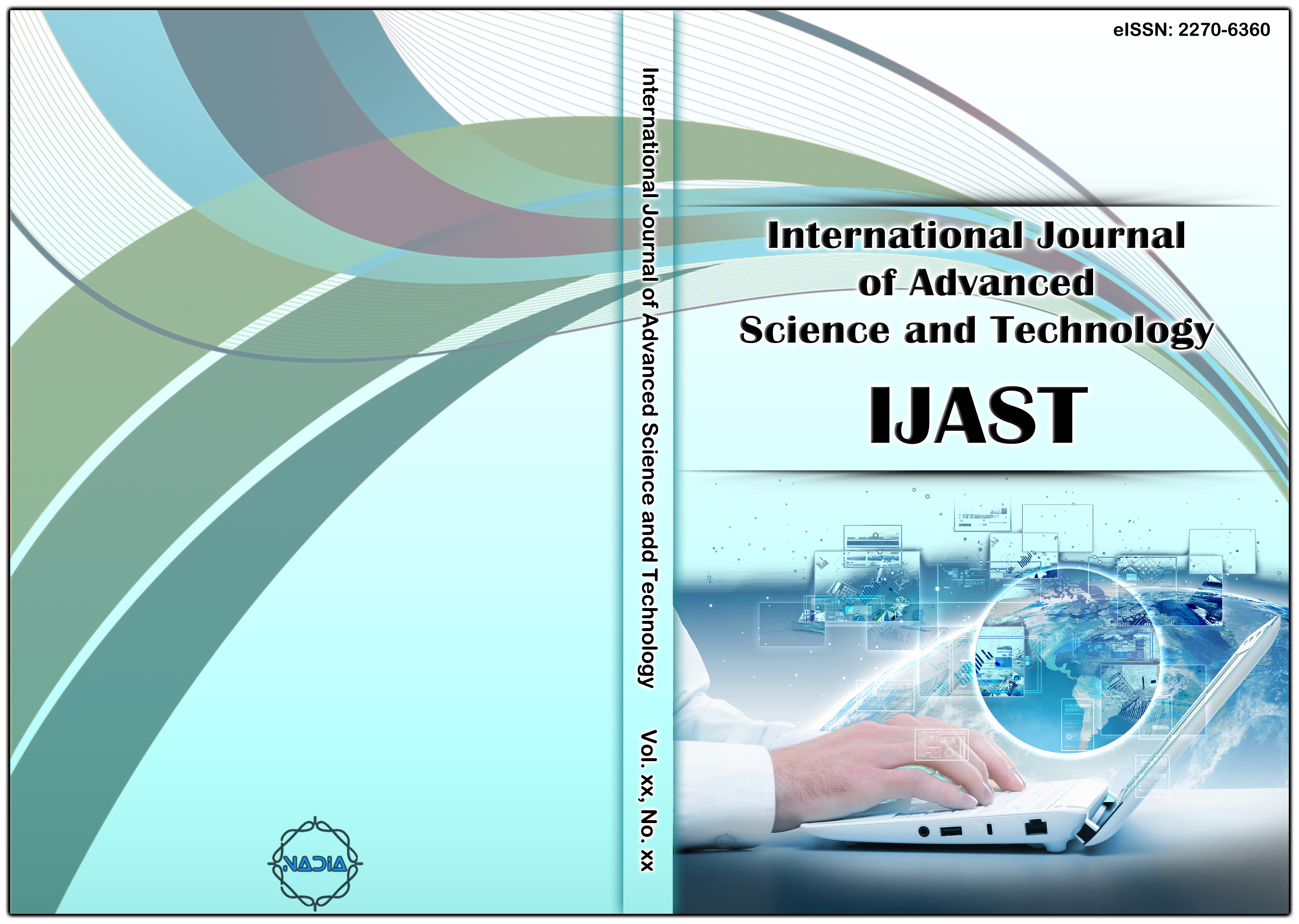[1] R. Romano, “Transforming today’s print business for tomorrow’s marketplace - The view from 2020”, (2015).
[2] M. Riorden, “Trends in current print technologies”, International metal decorators association Conference, (2004) May.
[3] C. K. Choi, “New trends of digital printing market in Korean printing industry”, 9th forum of Asian Pacific Graphic Arts Technology, (2007) June.
[4] Technical paper, “Adobe PDF in a print production workflow”, Adobe Systems Incorporated, 345 Park Avenue, San Jose, CA 95110-2704 USA, (2008).
[5] White Paper, “Adobe PDF workflows for print production”, Adobe Systems Incorporated, 345 Park Avenue, San Jose, CA 95110-2704 USA, (2001).
[6] EFI PrintStream Fulfillment. Available at: https://www.efi.com/products/productivity-software/fulfillment. Accessed: (2019) May 01.
[7] The relyco website. Available at: http://www.relyco.com/blog/general. Accessed (2017), May 18.
[8] H. Fenton, “Web-to-print adoption and success”, Implant Graphics, (2015).
[9] N. Agarwal, “Growth accelerators for the global web-to-print market worth $869 million by 2017”, Available at: http://www.designnbuy.com/blog. Accessed (2014), April 28.
[10] S. Ofori-Dei, M. Pub project report, “Building an efficient print production workflow through web-to-print: A case study of hemlock printers”, Simon Fraser University, British Columbia, Canada, (2016).
[11] Print Fulfillment Software, Available at: https://www.g2.com/categories /print-fulfillment. Accessed: (2019) May 07.
[12] Web to print software. https://www.capterra.com/web-to-print-software. Accessed (2018) November 19.
[13] C. Sherburne, White Paper, White paper print workflow and the cloud. Available at: www.smartsoftusa.com. Accessed (2017) October 09.
[14] P. Singhal, A. Kumar, "Print production: Proposing a new cloud based print workflow model for print providers", International Journal of Engineering Research & Technology, Vol. 6(4), (2017), pp. 169-172.
